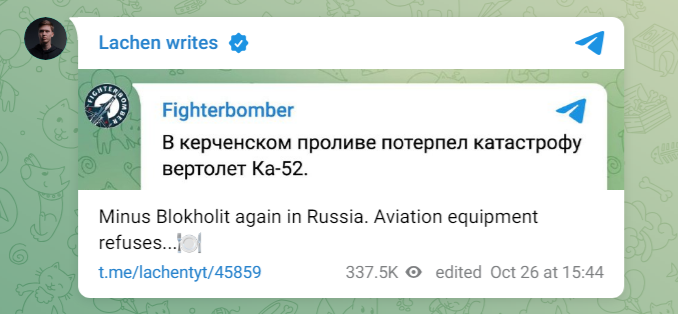Those of us who were guarding the Fulda Gap did not expect to make it to day 3.
Neither side in the ongoing conflict in Europe have transitioned to fighting attack helicopters at night. Most of the western militaries have transitioned to conducting offensive attack helicopter operations at night. This significantly reduces the effectiveness of the MANPAD systems which are almost all Mark 1 eyeball directed, line of sight systems. It is not a panacea solution, but the risk is significantly less.
Interestingly as you can see here:
https://www.secretprojects.co.uk/threads/mil-mi-28-versions.3398/post-695792
Russian Army Aviation is using tactics very common in the West. Manned Unmanned Teaming (MUM-T) with precision long range weapons. Ironically this is somewhat of a return to the original concept for attack helicopters in NATO for the general defense during the Cold War. Operating behind the ground frontage, sniping critical targets such as command and control and mobile air defense systems. This is also consistent with how the Israelis have used their Apache's with Spike NLOS. Even in the Information Age with a fully transparent battlefield, being able to maneuver precision fires at ~230 kmh behind your forward lines to hit targets tens of kilometers on the other side is a powerful capability. Other than very specialized missions done by one or two rotorcraft, with meticulous planning and support, crossing into enemy territory, even in the dead of night, will be an expensive endeavor.
The next real argument for Army Aviation around the world is; do you need a very specialized attack helicopter to do this or can you outfit an appropriate lift helicopter for the mission(s)? UH-60, NH-90, LYNX, Mi-8/17/171 all have the capacity to be outfitted for long-range attack. Since the mission is conducted from a relative sanctuary you don't need the suppression weapons (guns).





